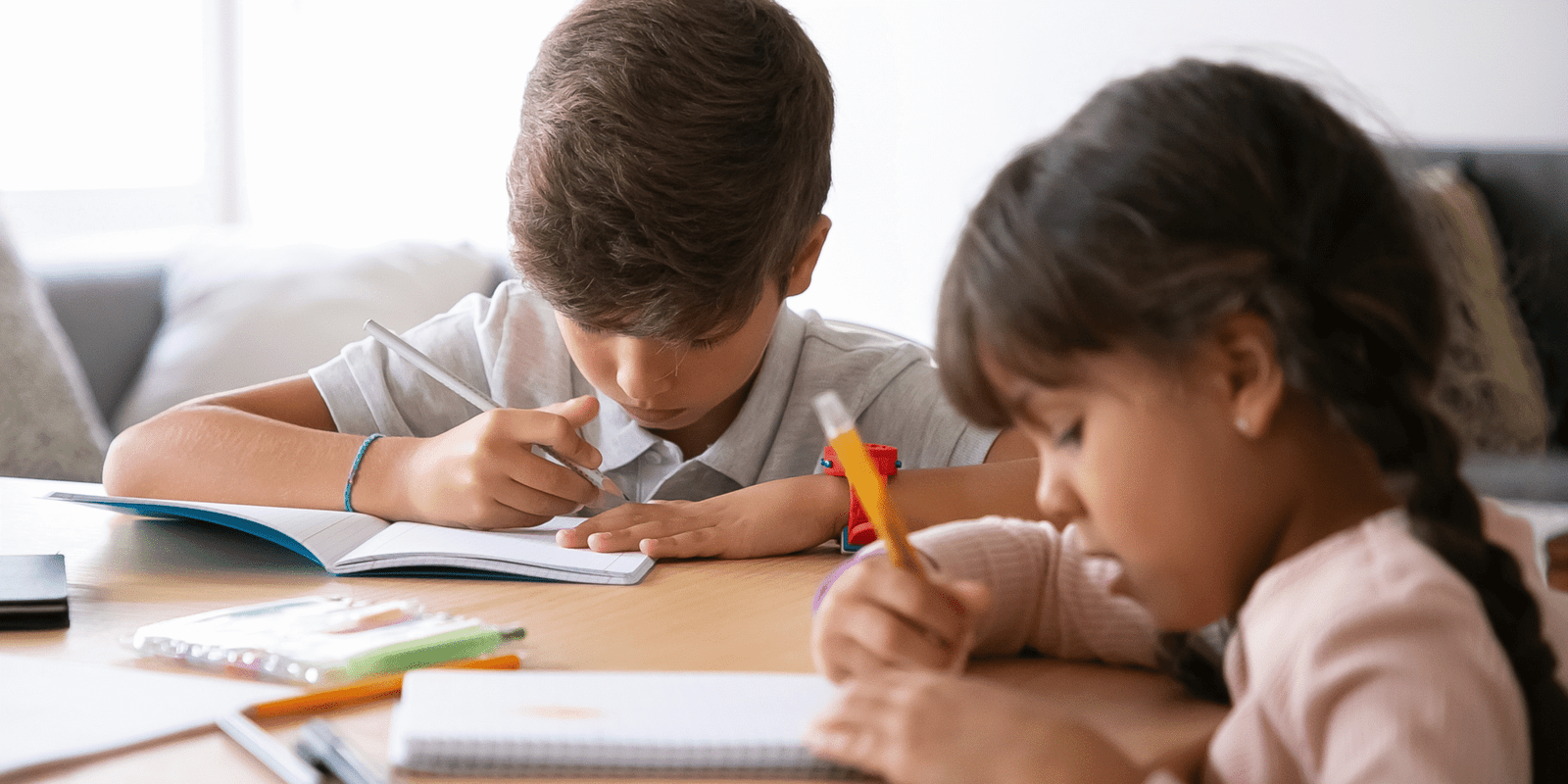In today’s digital era, typing has become an inevitable skill. Children are already familiar with keyboards from an early age, whether through gadgets or laptops at school. However, an intriguing discovery from the field of neuroscience reveals that when it comes to learning, handwriting is actually superior to typing. Why is that?
Studies show that when we write by hand, the parts of the brain involved in memory processing and comprehension become more active. The fine motor skills required to manually form each letter stimulate deep neural circuits that are crucial for learning. These include brain areas such as the prefrontal cortex, hippocampus, and primary motor areas, which are involved in planning, attention, and long-term memory storage.
In contrast, typing on a keyboard, while fast and efficient, only requires limited and repetitive motor movements—like pressing the same keys. This results in the brain being less deeply engaged, especially when absorbing and organizing new information.
One study involving brain scans of children in 2012 showed that flashing lights in the brain’s reading areas (an indicator of neural activity) only appeared when the children viewed handwritten letters, not typed ones. This suggests that the brain has a natural response to handwritten forms, as if it “recognizes” them and responds more actively.
Another study from 2020 involving seventh-grade students revealed that handwriting and drawing activities produced richer neural activity than typing. The researchers concluded that when children create content with their own hands, more areas of the brain are stimulated. This not only supports learning but also enhances memory retention.
Typing involves homogeneous and repetitive movements, lacking the complex visual and motor challenges found in handwriting or drawing. In scientific terms, this is called a lack of “kinesthetic information”—which refers to the bodily sensations associated with movement. A keyboard requires minimal muscle coordination and does not involve tactile feedback like pressure, speed, or the motion of forming letters. As a result, the brain is less fully stimulated, making the learning outcome suboptimal.
Of course, this doesn’t mean we should reject technology. Technology has opened up many new learning opportunities, especially for students with special needs such as dyslexia or fine motor challenges. Digital devices can help them access content, write more efficiently, or correct sentence structure. In fact, evidence shows that using technology can boost self-confidence in students who struggle with manual writing.

Nonetheless, technology should not replace the fundamental role of handwriting in learning. When all writing activities are transferred to screens, children miss out on developing reflective thinking, creativity, and deep understanding.
This underscores the importance of a balanced approach. We can’t eliminate technology, but we also shouldn’t overlook the value of handwriting. Schools and educators must integrate both: use technology for efficiency and accessibility, but also consistently teach and reinforce handwriting skills.
For example, in note-taking lessons, students could be encouraged to write by hand initially to help embed the information in memory. Later, they could type those notes as a form of repetition or reflection. This combines the strengths of both methods.
Teachers and parents play a vital role in ensuring that children don’t lose their handwriting skills in the digital age. Some practical steps include:
- Encouraging handwriting practice from an early age, even before typing.
- Prompting children to keep handwritten notes or journals regularly.
- Using multimodal learning media, such as drawing concept maps manually and then discussing them.
- Combining visual, auditory, and kinesthetic learning to develop a child’s brain holistically.
Throughout human history, learning through hand movement has always been present. From cave drawings to writing in sand, to taking notes in notebooks—all of these involve direct interaction between the brain, the hand, and physical experience. When we write, we are actively thinking, selecting words, structuring thoughts, and reflecting on meaning. This process runs deeper than merely pressing keys.
Handwriting is not just about producing letters, but about activating complex brain networks, reinforcing memory, and facilitating deep understanding. While typing offers efficiency, handwriting provides a richer quality of learning. In other words, handwriting is not an outdated skill to be discarded—it is a powerful tool for thinking and learning that should remain central in modern education.
If you’re a teacher, parent, or student, consider returning to pen and paper from time to time. Not only will it help you understand better, but it will also strengthen the connection between your mind, hands, and heart in the learning process.


Leave a Reply